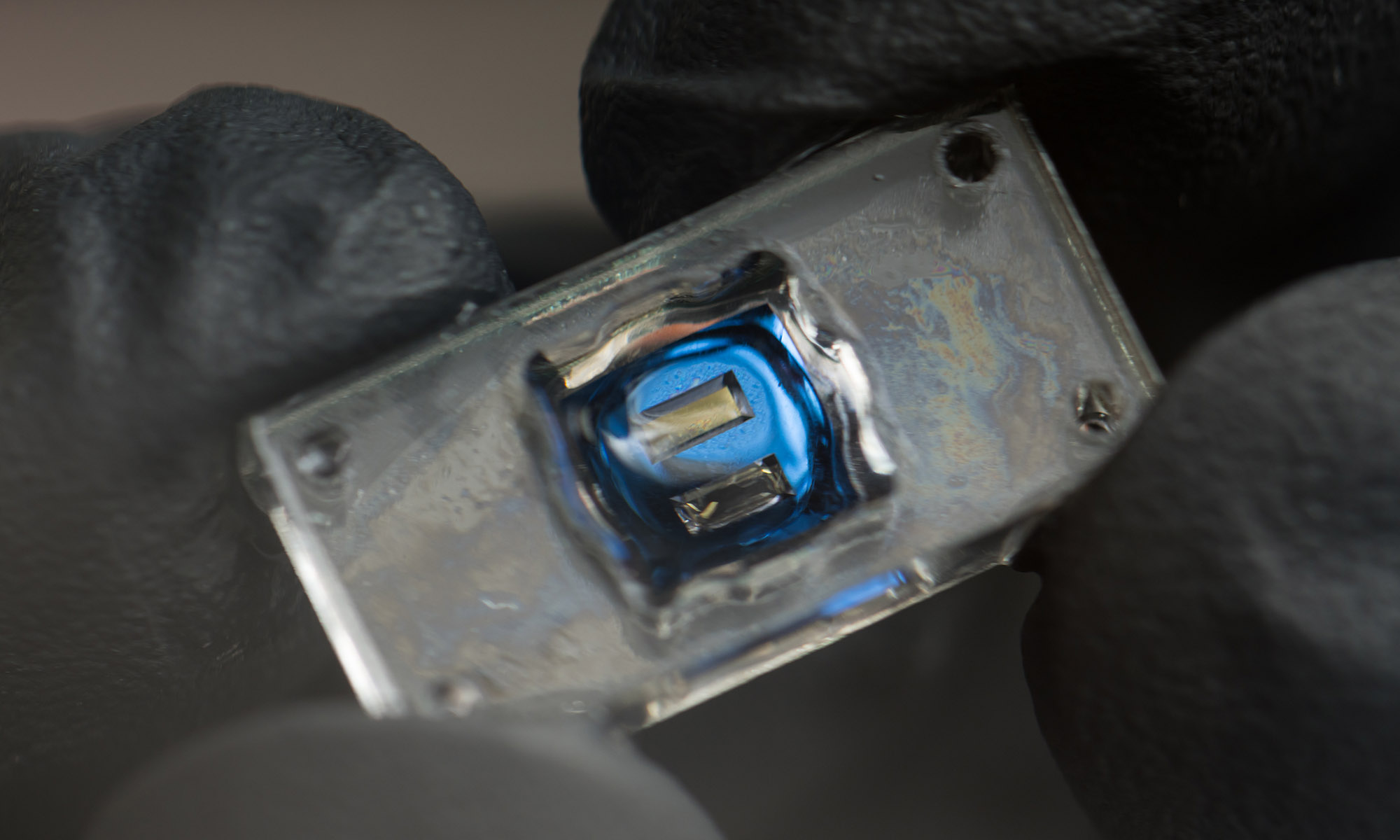
Scientists developing microchips with brain and lung tissue to study viral neuroinflammation
Researchers will use tissue-on-chip technology as a new way to explore the relationship between the lungs and brain.

New technique pinpoints nanoscale ‘hot spots’ in electronics to improve their longevity
Rochester engineers have developed a way to spot tiny, overheated components that cause electronics’ performance to degrade.
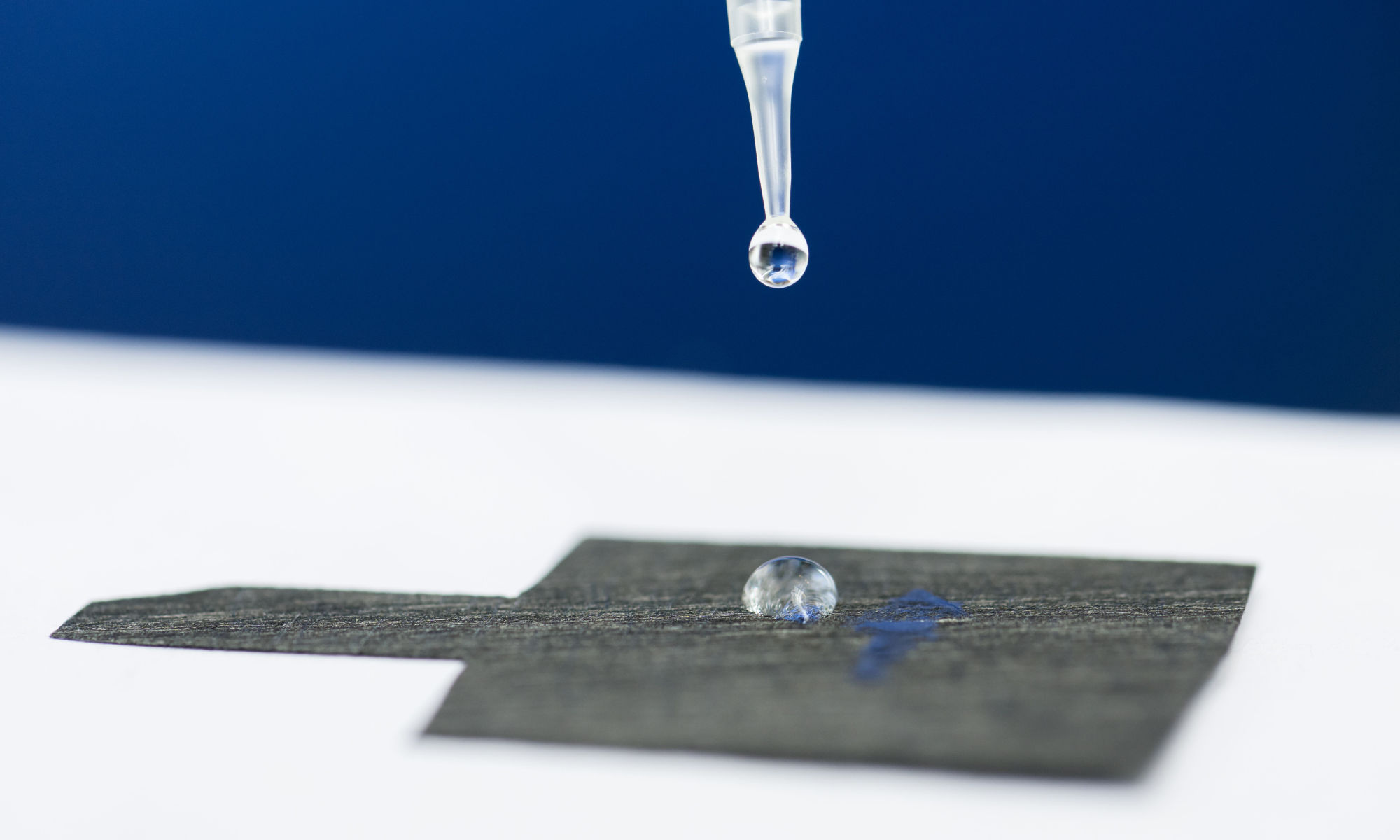
Harmful ‘forever chemicals’ removed from water with new electrocatalysis method
A novel approach using laser-made nanomaterials made from nonprecious metals could lay the foundation for globally scalable remediation techniques.
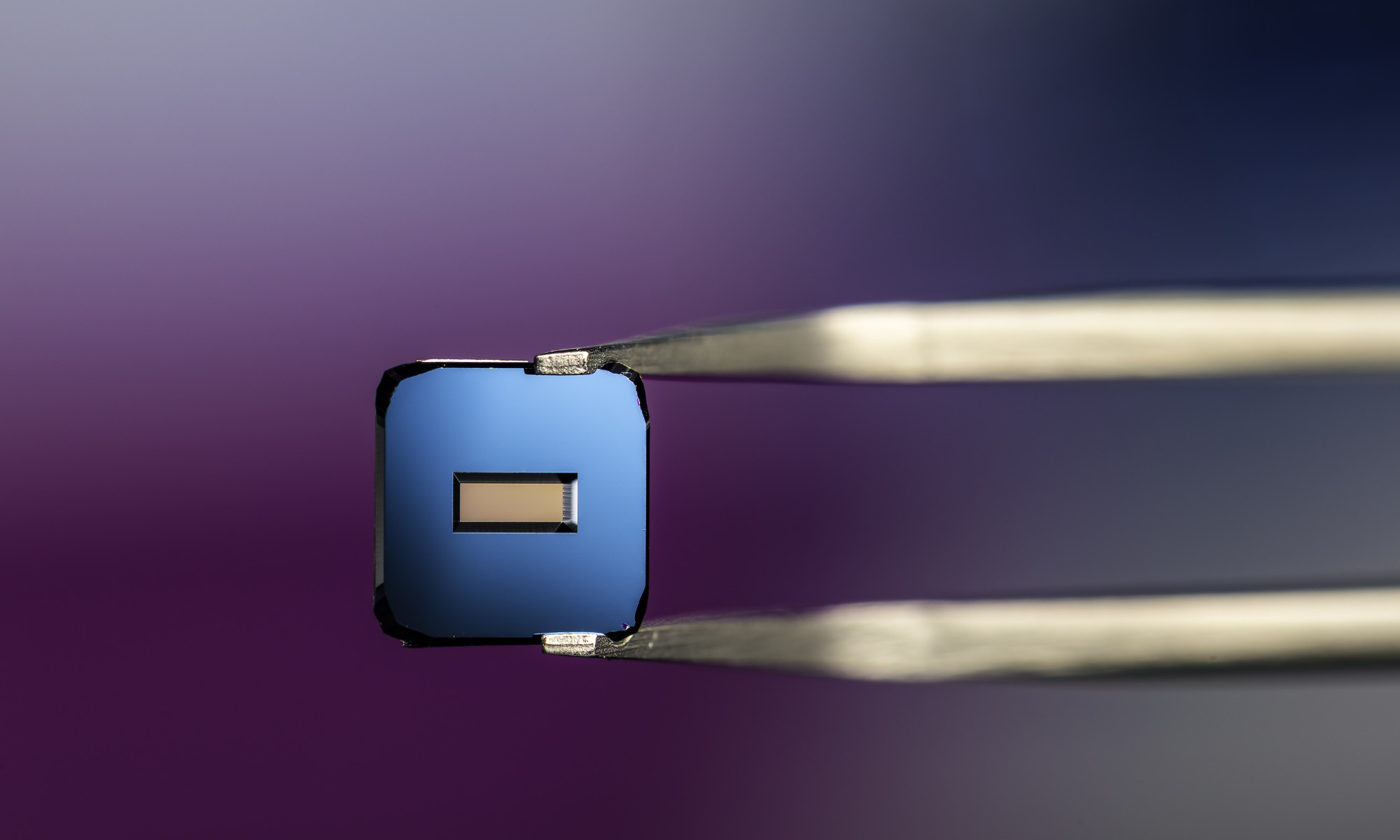
New NIH-funded center could soon reduce the need for pharmaceutical trials on animals
Rochester is one of four NIH-sponsored centers that aims to produce tissue-on-chip devices as FDA-qualified drug development tools.
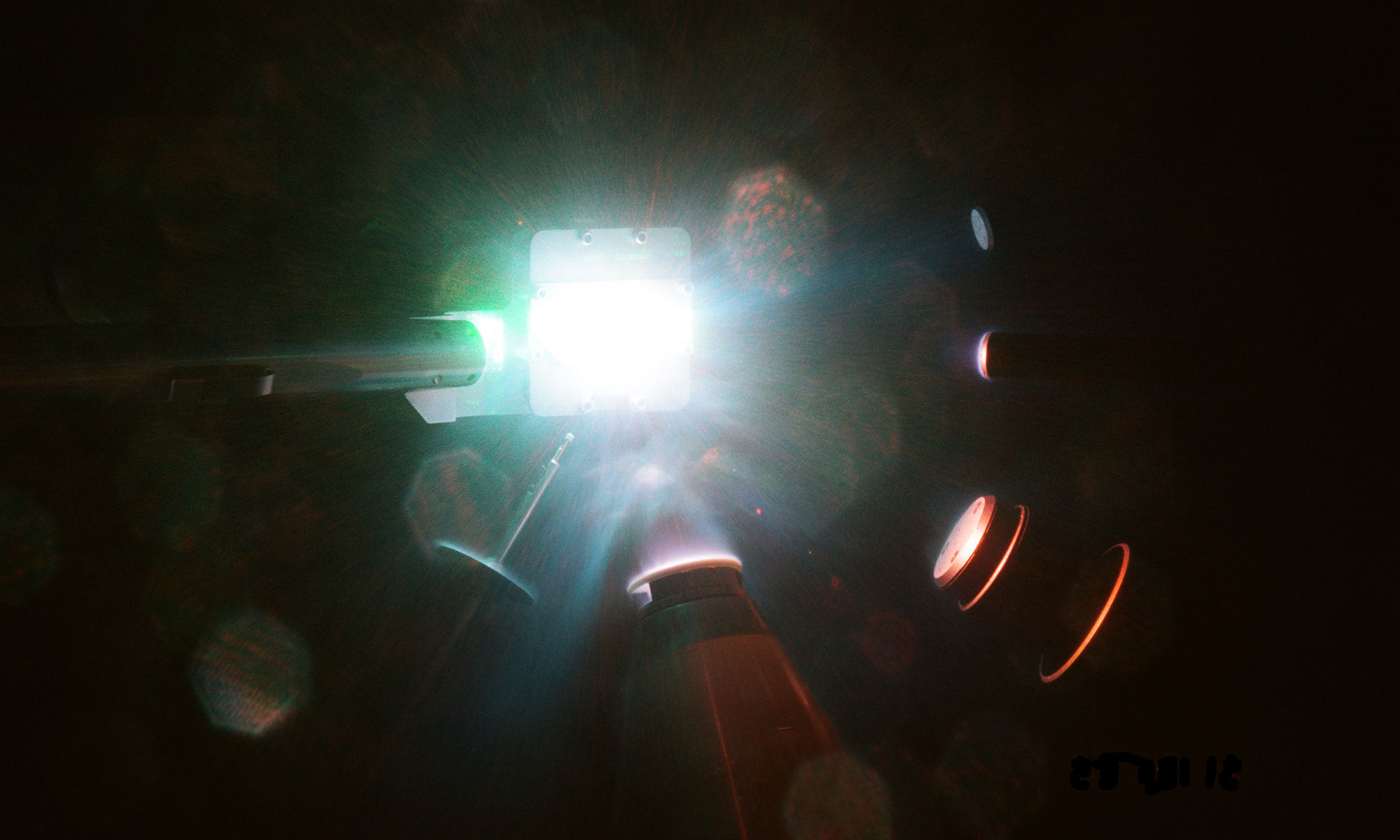
Machine learning boosts search for new materials
Rochester scientists have developed deep-learning models that can sift through the massive amounts of data generated by X-ray diffraction techniques.
Rochester named an REU site for undergraduate semiconductor research
The National Science Foundation has named Rochester as one of six new grant-supported Research Experiences for Undergraduates (REU) sites.
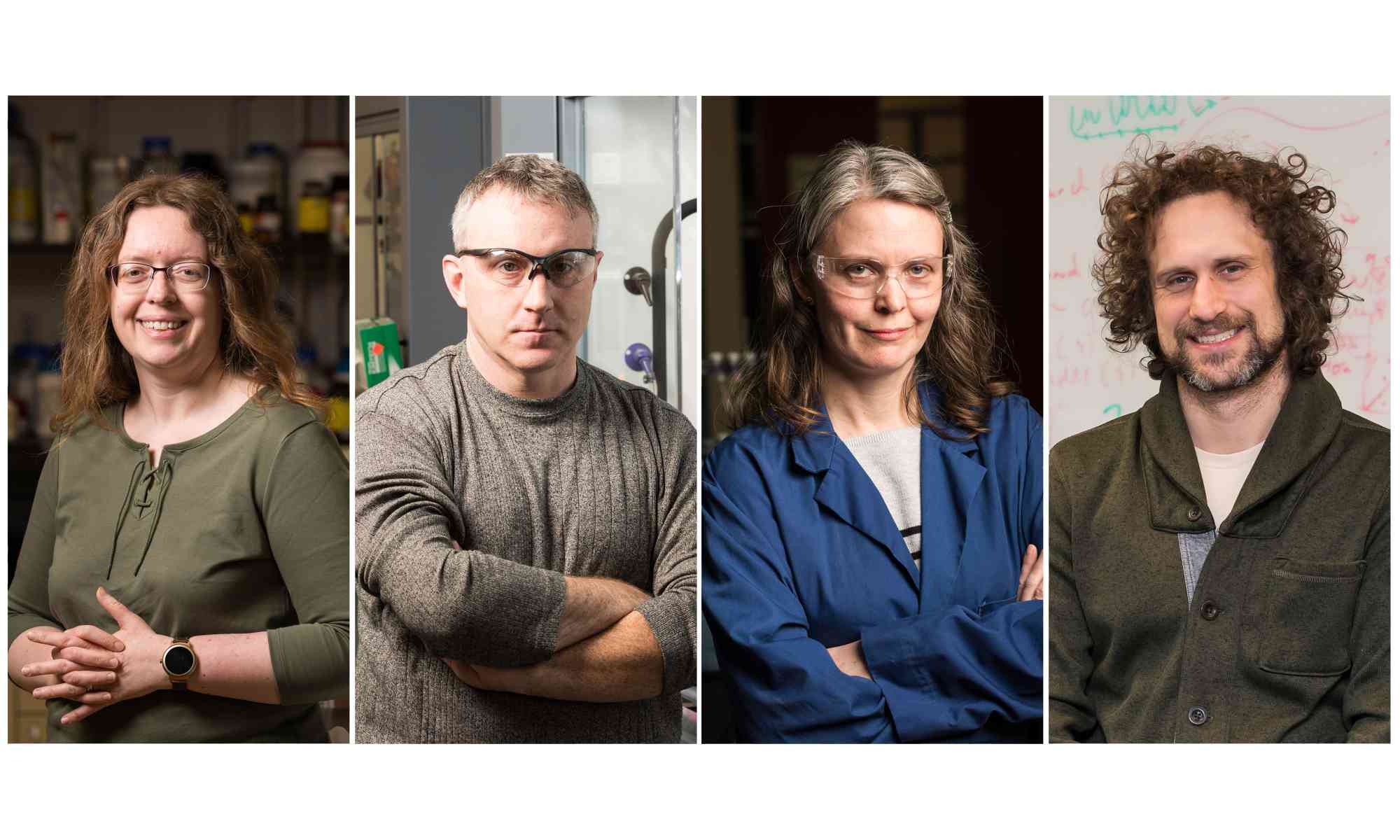
Unlocking the power of photosynthesis for clean energy production
A new grant will allow Rochester researchers to leverage bacteria and nanomaterials to mimic photosynthesis and produce clean-burning hydrogen fuel.
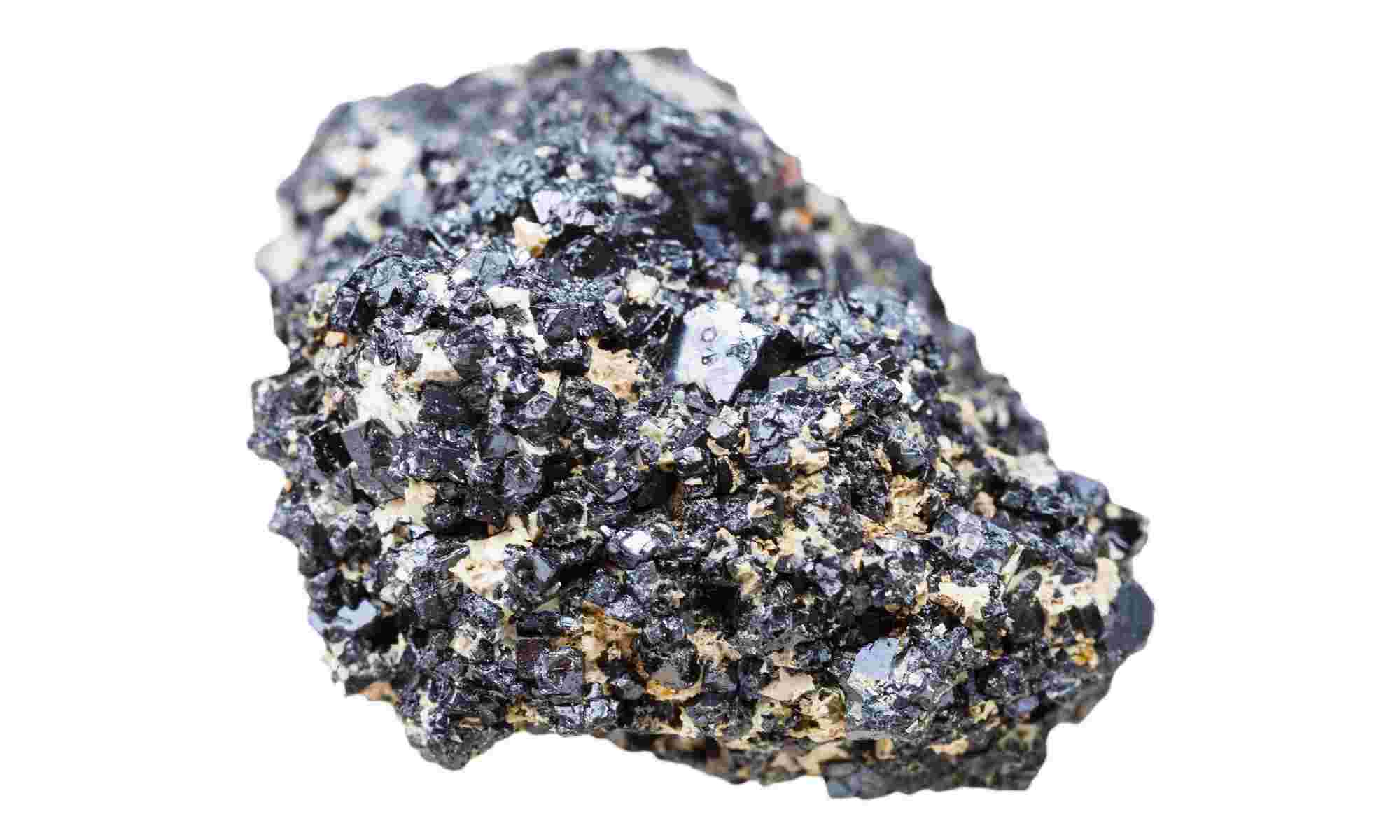
Perovskites, a ‘dirt cheap’ alternative to silicon, just got a lot more efficient
By harnessing the power of metals, Rochester researchers are making the material an ever more viable replacement for silicon in solar cells and detectors.
New method to control electron spin paves the way for efficient quantum computers
The method, developed by researchers including John Nichol, an associate professor of physics, overcomes the limitations of electron spin resonance.
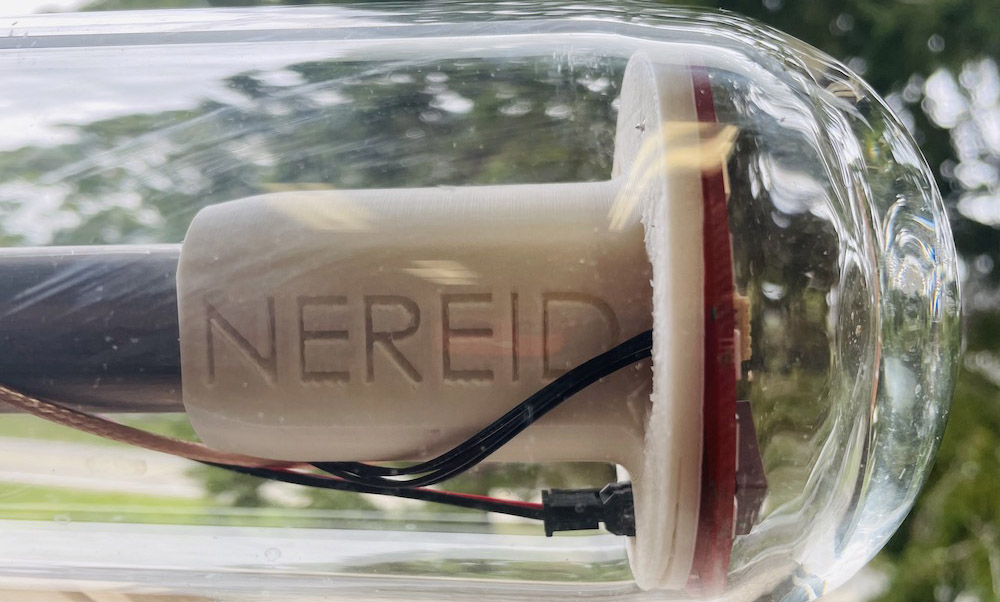
Bioplastics made of bacteria can reduce plastic waste in oceans
A team of scientists, including biology professor Anne S. Meyer, is developing plastic materials that degrade in oceans.
